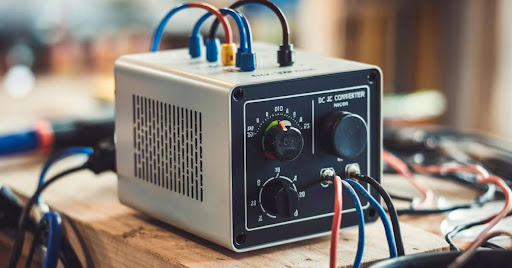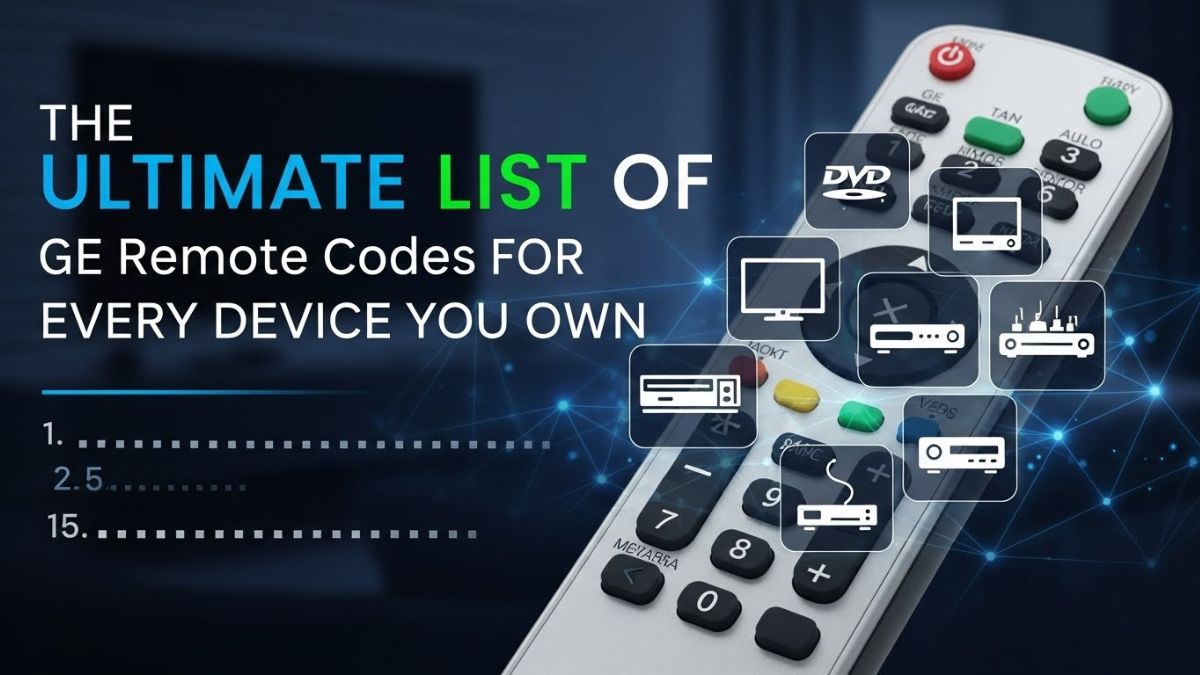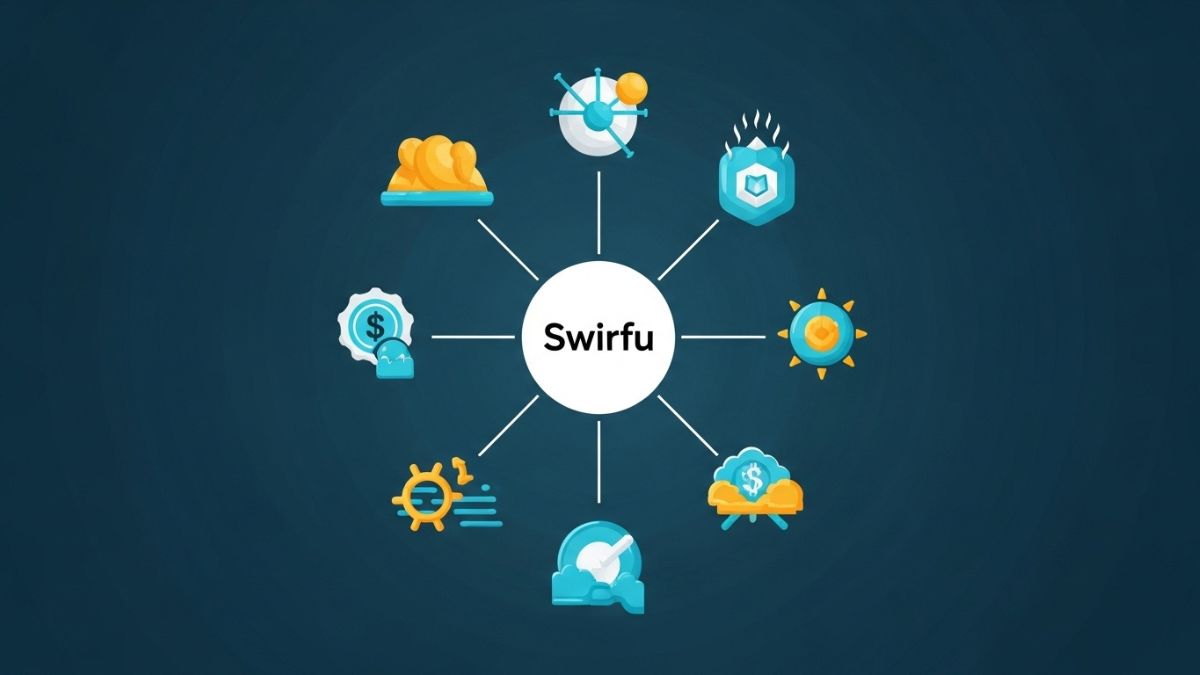DC to AC converters, which are popularly referred to as inverters, are mandatory for operating everyday appliances and electronics. They operate by using DC, which is either stored in batteries or from solar panels, and convert it into AC form, the basic type of electricity used in homes and offices.
As the call for renewable energy systems increases, in particular, solar installations, DC to AC converter are an integral part of contemporary energy systems. They not only make solar energy usable, but they also guarantee a reliable and stable power supply to sensitive devices.
Gaining knowledge about functions, types, and cost considerations of these converters would enable you to select the most suitable one for your energy use. If it is powering a small setup or a complete household, information can ensure that whatever you invest in is efficient, safe and value for money.
What Is a DC to AC Converter and Why Does It Matter?
A DC to AC converter is an electronic gadget that converts direct current (DC), usually stored in batteries or generated by solar panels, into alternating current (AC), which is the normal form of electricity in most household appliances and electrical grids.
This conversion is very vital for making renewable or stored energy compatible with normal electric systems.
Without these converters, the energy produced from the DC sources could not operate common appliances such as TVS, refrigerators and computers. Overall efficiency, safety, and reliability of any power system are mainly affected by the cost and quality of the converter, irrespective of whether it is used in homes or a larger industrial application.
Factors Affecting DC to AC Converter Cost
Type of Inverter
There are various types of DC to AC converters: pure sine wave, modified sine wave and square wave inverters. Pure sine wave inverters produce smooth and clean grid power and are expensive; they cost between $200 – $1000, depending on capacity. Modified sine wave inverters are cheaper but less efficient, with problems for sensitive electronics
Power Capacity
Converter costs are dependent. Miniature inverters that can simply charge a phone or a laptop might cost less than $100, but utility models for home or industry are likely to cost thousands of dollars.
Features and Efficiency
Such high-end inverters come with features such as built-in chargers, several outputs, remote monitoring, and superior cooling systems. More efficient converters minimise energy loss, thus saving money in the long run. These features increase the original cost but enhance performance and durability.
Applications of DC to AC Converters
Converters DC to AC are widely used in such systems as solar power installations, electric vehicles, Uninterruptible Power Supplies (UPS), portable power stations, e.t.c. They convert the DC electricity produced from solar panels to AC power, which is usable in homes and businesses, so that the solar power can be realistic and affordable to everybody.
In electric cars and portable power solutions, these converters have the capability of running AC appliances like chargers, lights, and tools using stored DC battery power. It is obligatory to know the precise use to get the optimum type and size of the converter compatible and efficient for the work.
Comparing Different Converter Technologies
Pure sine wave inverters are best suited for use in applications that involve providing power to sensitive electronic appliances since they deliver stable and clean power without any electrical noise or interference. This enables such devices as laptops, medical equipment and audio systems to operate smoothly and safely. Even though cheaper, modified sine wave inverters may emit buzzing sounds or shorten the lifespan of some of the highly sensitive devices due to their not-so-smooth power output.
Square wave inverters are less common and typically applications that are specific to industry as a result of the lesser power quality. In fact, upon choosing an inverter, cost, performance and a factor for device requirements are emphasised. While critical electronics and long-term reliability will be involved, it might be a good thing to purchase a pure sine wave inverter instead of a modified one.
Key Points Before Buying a DC to AC Converter
- Power requirements: The Summation of the wattage of all the devices you are planning to operate will help you evaluate if the inverter will be able to handle the load safely.
- Waveform type: Use a pure sine wave inverter for the devices that have very sensitive electronics, or, if you use basic electronic appliances, you can use the modified sine wave models.
- Efficiency rating: Use high-efficiency inverters to save energy and produce less heat, and improve the overall performance.
- Cooling and durability: Look for models that have enough cooling devices like fans or heat sinks to prevent overheating and extend the duration of the life.
- Warranty and support: Select those brands that offer excellent warranties and good quality customer care to have long-term safety.
FAQ’s
What is the difference between pure sine wave and modified sine wave inverters?
Pure sine wave inverters produce clean, smooth grid-quality AC power, whereas modified sine wave inverters produce stepped, less smooth waveforms, which can cause problems with some electronics.
How do I know what size inverter I need?
Total the wattage of all devices which you are going to use at the same time, and get an inverter which is slightly above their wattage demand for safety.
Are DC to AC converters noisy?
Total the wattage of all devices which you are going to use at the same time, and get an inverter which is slightly above their wattage demand for safety.
How long do DC to AC converters last?
Quality inverters placed properly and maintained correctly can live 10 years or more if used under proper conditions and quality construction.
Conclusion
DC to AC converters are an important part that is used in transforming the direct current stored or generated into useful alternating current for use in homes, vehicles, and off-grid systems. The price of these inverters depends on the type, capacity and features.
Your devices will be protected from dirty power and power disturbances if you invest in a good quality and effective inverter. The pricier pure sine wave inverters are the best performers and are compatible with sensitive electronics. With knowing your particular power needs and budget, you would be able to select the perfect DC to AC converter to keep a steady flow of energy for all purposes.











